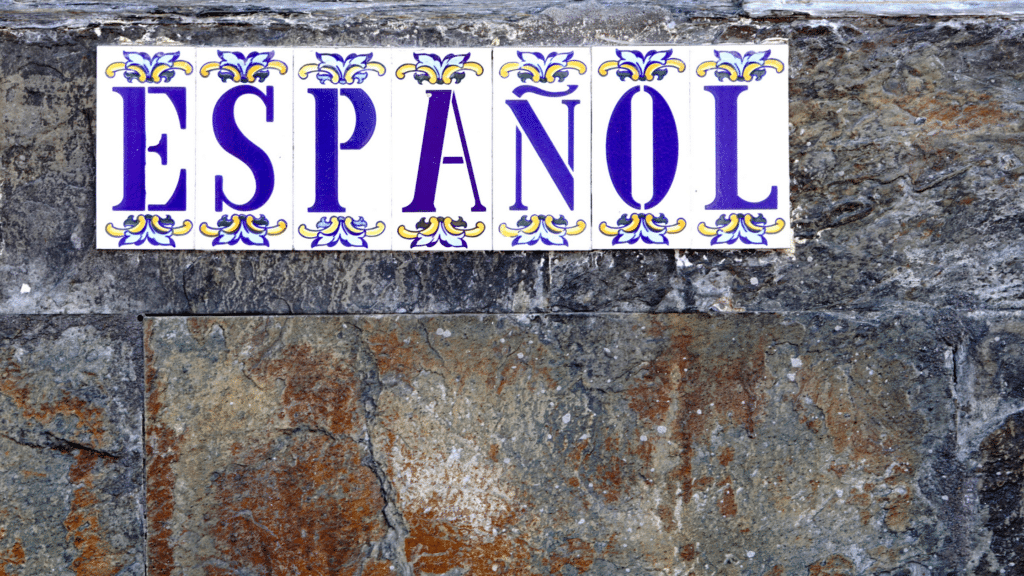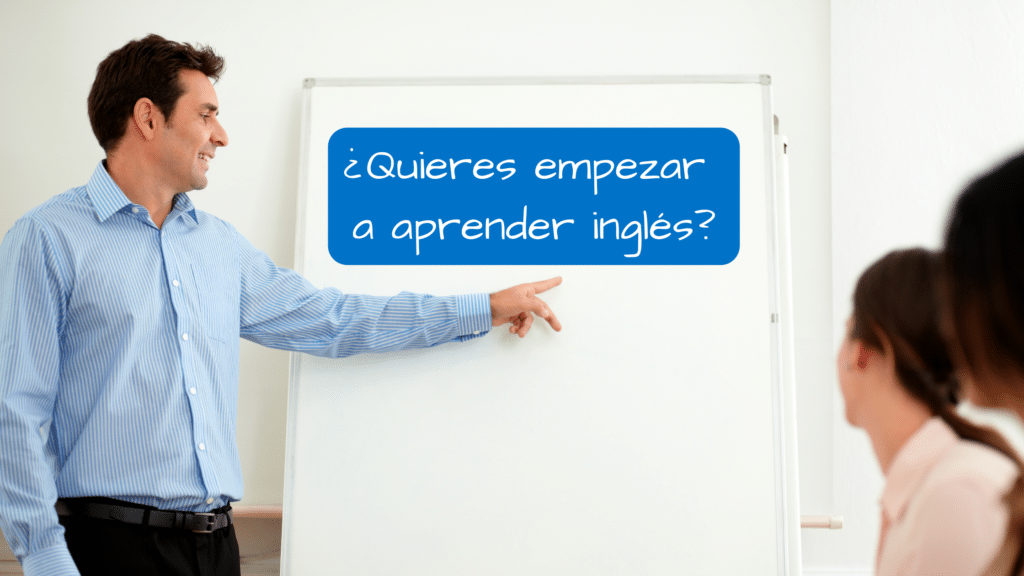
5 Spanish Expressions to Make You Sound More Advanced
Have you ever been talking to someone who you know is learning English as a second language and they use an expression that impresses you and makes you think that their English level is a bit higher than you thought? This same concept applies to other languages. Sometimes you just want some new expressions to give the impression that your Spanish is better than it may be in actuality. You can learn some Spanish expressions to make you sound more advanced. Here are 5.
 Bueno
Bueno
The word bueno is pretty basic when it comes to learning Spanish. As a beginner, you learn that it means good. What you have to be careful with is the context in which you should use this word. Do not use it in response to when people ask you how you are doing. Use bien instead. You also should avoid use bueno to mean “very good” or “good job” or “great.” For those three contexts you should use bien or muy bien. Now, after you have started using bueno only as an adjective in Spanish, you can start using it to make your Spanish sound more advanced. Bueno can be used as almost a “filler” word at the beginning of sentences. Filler words are words you say to keep a conversation going that may or may not add any additional meaning to your sentence. If you use bueno at the beginning of a sentence, the meaning turns into well as in the well you use at the beginning of a sentence to indicate that you are thinking.
Here is an example:
Well, I was planning on going to the park this afternoon, but it is raining.
Bueno, estaba planeando ir al parque esta tarde pero está lloviendo.
Adding this expression to your repertoire will definitely make your Spanish sound more advanced.

Regional Word for “Cool”
An everyday word that will make your Spanish sound more advanced is the regional word for “cool.” You need to learn what word the people you talk with use on a daily basis. People from different Spanish-speaking countries will use different words to mean “cool/awesome/etc.” Although qué padre or chido may work in Mexican Spanish, you will want to use qué guay or chulo in Spain Spanish. Calidad may work in Paraguayan Spanish, but chévere might be better understood in other Spanish countries. Do your research and use the word that works best with the Spanish-speakers that you interact with. This little expression will go a long way in sounding more advanced.
 Oye
Oye
When you want to say hey as a greeting, just say hola. When you want to say hey to get someone’s attention, you will say oye. This expression literally means “hear” or “listen.” You can use it to shout at someone across the parking lot so they will look at you, or you can say it to someone right next to you to get their attention. You will use oye when what follows is important for your hearer to pay attention and listen to. If you wish to use this expression with someone that you do not know well or to whom you want to show respect such as a client or a manager, you should use oiga instead. Level up your Spanish by using this expression in everyday conversation.

¡Ay! ¡Ay! ¡Ay!
A great expression to add to your Spanish vocabulary is ¡Ay! ¡Ay! ¡Ay! This expression can be used in a great number of contexts. The first would be in the context of pain. If you hurt yourself and want to express that it hurts, you can use this expression. In this context, it would mean “ow, ow, ow!” Another context this expression would be to expression frustration or surprise. You can use it to replace OMG or “Oh my word/goodness!” Another context to use the expression would be to express how you feel when you want to roll your eyes or say, “oh brother!” This very versatile expression will have you talking like a native soon enough!

Qué…
Pretty quickly as you start out on your Spanish journey, you learn that qué means what. When in the context of a question, this is true. However, qué can be used to mean how in other contexts. When qué is followed by an adjective, it then takes on the meaning of how but not as a question. Confusing? It is better understood in context.
Here’s an example:
How cute!
¡Qué lindo!
You can use any adjective after qué and create an expression demonstrating your feelings about whatever subject you are discussing. Funny, ugly, interesting, boring, scary, etc. Your conversation topics just got that much longer and all you need is one little word. ¡Qué chévere!

Want to improve your Spanish? Check out our free course content!




Wanted to know how to spell OY, OYE, OI, and the exact meaning. Lol I was born & raised in San Antonio Texas so I do get the Spanish-language from everyone I grew up around me. I don’t know how to really speak it. But when a friends mom tells me what to do in Spanish I automatically do what they say! I don’t want to chancla thrown at me after all! LOL Since English is the most difficult language to learn, to me English makes it very difficult to understand other languages. Especially Spanish since they have different ways of saying different words example with an “A” for female and an “O” for boy. It makes it a bit challenging and confusing at the same time.